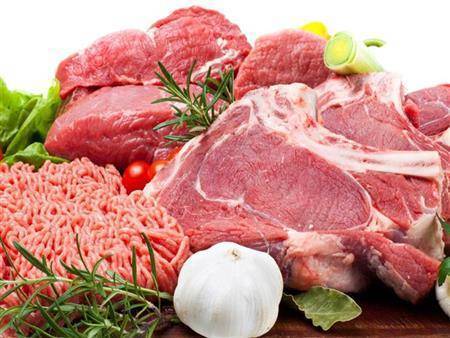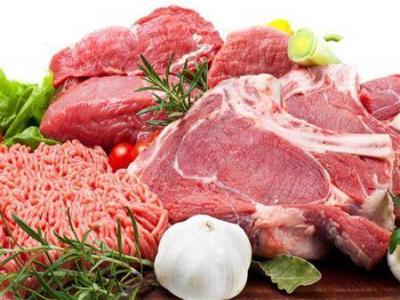While millions around the world celebrate Eid al-Adha and prepare to sacrifice animals and distribute their meat to those in need, many find themselves perplexed about what remains of the meat. After distributing the majority, there is often a quantity that ultimately ends up in the "freezer." However, some make several mistakes when "freezing" sacrificial meat.
**3 Mistakes**
In this context, Dr. Hassan Hassouna, a nutrition professor at the Egyptian National Research Center, clarified that properly preserving meat begins immediately after the animal is sacrificed. It should be well-aired and exposed to air for a proper drying process. He also advised packing the meat in separate bags and not placing all quantities together. Additionally, he indicated to avoid storing meat that contains bones and to consume it directly instead.
During a radio interview with "Radio Egypt," he mentioned that meat can be stored for up to 6 months in regular freezers and for a year in nitrogen refrigeration systems. He concluded by noting that it is preferable to consume beef and buffalo meat during the days of Eid, as they have a lower fat content compared to lamb and are easier to digest.
It is worth mentioning that millions of pilgrims completed the last rites yesterday, Sunday, throwing stones at the Jamaraat in Mina, signaling the start of the first day of Eid al-Adha. They then flocked to the Valley of Mina near Mecca to throw the three Jamaraat with seven pebbles collected in Muzdalifah, before returning to Mecca to perform the farewell tawaf at the Sacred Mosque.




